Paintings from the 'edge of the world' in Beirut offer a glimpse into a city full of shadows
The work of Tom Young reflects where we are thanks to coronavirus – but more besides, writes Robert Fisk
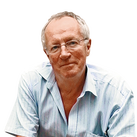
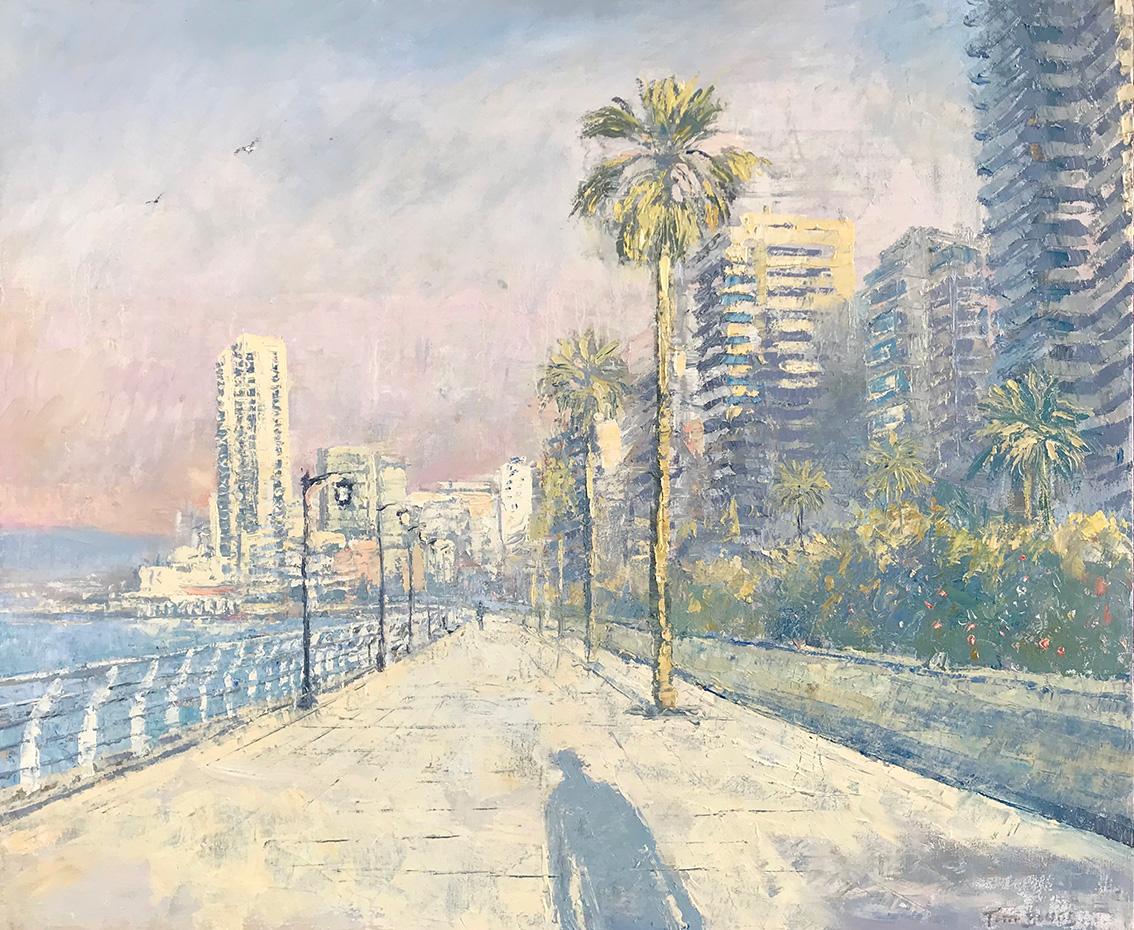
Tom Young is painting what he calls “the edge of the world”. I’m still not sure whether it’s the edge of his world or mine. In one sense, the lonely figures – often mere shadows – who appear in his empty Beirut streets belong to all of us in the coronavirus world.
Those shadows belong to him, although they are clearly not cast by Young himself. They are, I think, mostly men, although there are women on the balconies of the city’s shabby night-time apartment blocks and there is a young woman’s face in a surgical mask, eyes downcast – a veil, so the painter suggests, suddenly compulsory for everyone in the world.
But Young’s latest works are not “lockdown” paintings – there are no mysterious Covid-19 virions floating around with crowns on the end of stalks, no wide-eyed, horrified victims. Indeed, Lebanon has so far suffered only 26 dead, a fact which he returns to frequently with a seriousness that prompts many questions.
Surveying what Young calls “the edge of the world”, however, the viewer quickly realises that it is not the virus which stalks his Lebanese streets, it is the technology that everyone now associates with Covid life: the camera, the apps, the dark search into every personal detail of every potential victim, the computerised statistics that tell us everything and nothing about the future.
“The ‘shadow’ in my paintings could simply represent the sense of fear in me, a sense that all of us are being watched,” Young says. “I’m painting the disquiet and fear that is present among people that they are all being watched – on the phone, online, in the street; the fear of the virus we can’t see. I am seeking to introduce a sense of mystery – the shadow must come from someone next to us or behind us. This is the age of surveillance, as we all know. You don’t have to believe in conspiracy theories to see this.”
He agrees that Lebanon has so far been spared the pandemic horrors of other, richer countries – the word “rich” will soon have to be redefined amid Beirut’s poverty – and he questions this profoundly. Many of us should.
“The disproportionate spread of the virus in the world’s richest western countries, so far at least, has not been adequately explained,” Young says. “And economies – and wars – based on the control and sale of oil are disintegrating. Personal data is the new currency, particularly as we are now all hooked to our screens. We are subject to constant algorithm analysis. The virus has now made this dangerous trend of total surveillance a ‘necessary’ tool to keep us safe from each other … Like the virus, it can’t be seen, only felt.”
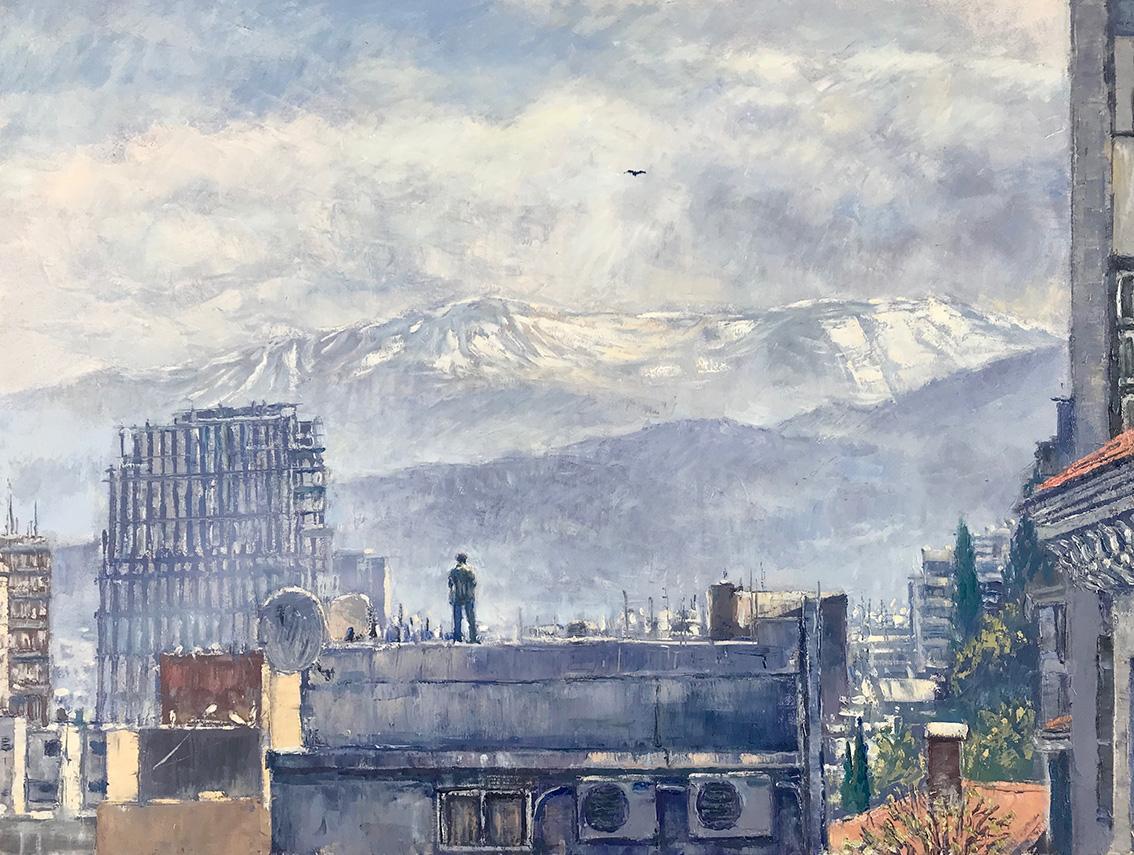
Young’s Beirut street and house paintings are gentle, his “intimate glimpses of urban melancholy” look more like a scene from Hitchcock’s Rear Window – the parallel is his – than an urban landscape. Sometimes his shadows turn out to be real people rather than shadows – a man on a roof staring up at the unpolluted heights of Mount Sannine, and we can just glance a figure on a motorcycle travelling alone through a canyon of parked cars. There are a set of pictures, too, of flowers and Lebanese mountain tops, the rebirth of nature as it is happening in so many other countries.
Young has spent years painting the ruins of Lebanon. First the ruins of the 1975-1990 civil war, then the ruins of its railways and old steam trains and decaying Ottoman houses, and the great men of Lebanese history – Arab and colonial (Riad Solh, Walid Jumblatt, De Gaulle, Spears) – but now he touches a silent Beirut. Admission: I am a fan of Young’s scrivener’s art; two of his railway paintings adorn my own apartment on the Beirut Corniche.
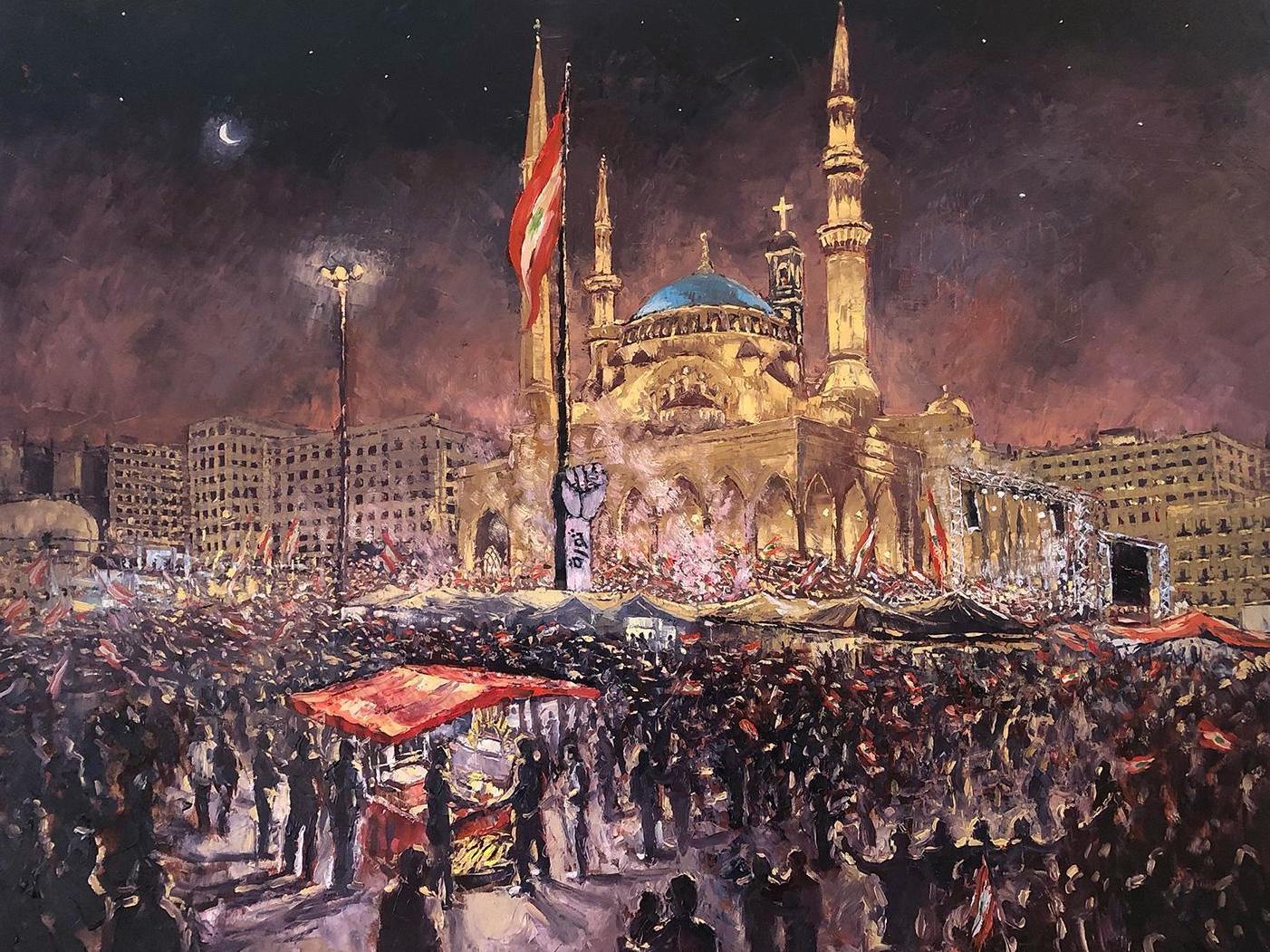
But the journalist in me jibs a little bit at the surveillance society that Young rightly fears. My own experience is that intelligence organisations – who are usually very unintelligent – don’t actually know what to do with the vast mass of personal information they hoover from us. They might suck up every word we say. But if they don’t really understand the politics of the Middle East, they won’t have the slightest idea what we are talking about. And ergo, if they don’t understand the virus, I’m not sure they can understand a pandemic.
Then there’s the screw-up theory held by so many about the spies who prey upon us all. One of Young’s paintings, for example, shows a virtually empty Beirut seafront. There’s a set of black observation cameras attached to a pole clearly visible on the left. But I happen to live just opposite that very set of cameras – and I can tell Young that they haven’t actually worked for the past five years. He’s right about the trees, though.
The beautiful palms opposite my Corniche home give a false image. Originally, there were native tamarisk trees gracing the seafront, but the Lebanese preferred the Arabian to the Levantine. They are at least real trees – but they didn’t come from Lebanon. More shadows, I suppose…
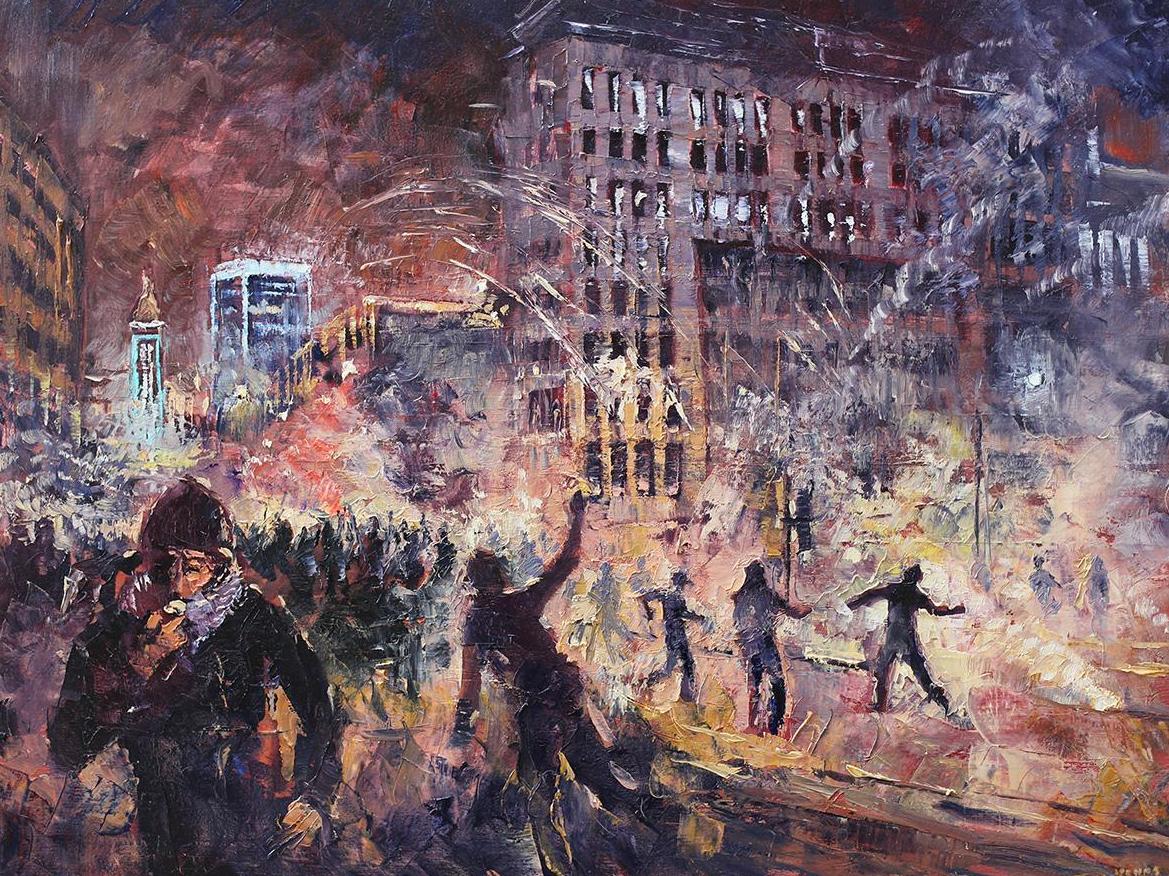
I can’t call Young’s paintings Lebanese because he’s a 46-year old Brit from Kettering, but the ten years he’s spent in the old French mandate have chiselled away at his work. He can exult at the pre-Christmas revolution across the country – slashing at his canvas as the crowds stand before the great downtown mosque and the gas grenades rain down - but he agrees that the notable effect of the virus has been to put that revolution on hold. In January, he came back from the street demonstrations to paint, with his eyes stinging from teargas. Now he paints what he suspects will be “a slower, more reflective age”.
I endorse the “reflective” bit. But I’m intrigued to learn that Young’s paintings are selling well – to Lebanese art collectors, businessmen who still have precious dollars in their pockets – because they will one day portray a unique moment in history. The investors may be right. Either you put your money in art or face-masks. Or surveillance cameras and apps.
For more about Tom Young’s work click here
Join our commenting forum
Join thought-provoking conversations, follow other Independent readers and see their replies
Comments
Bookmark popover
Removed from bookmarks